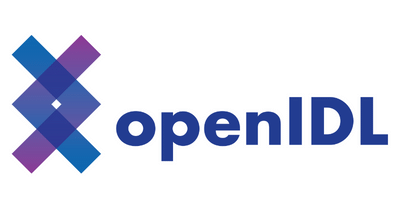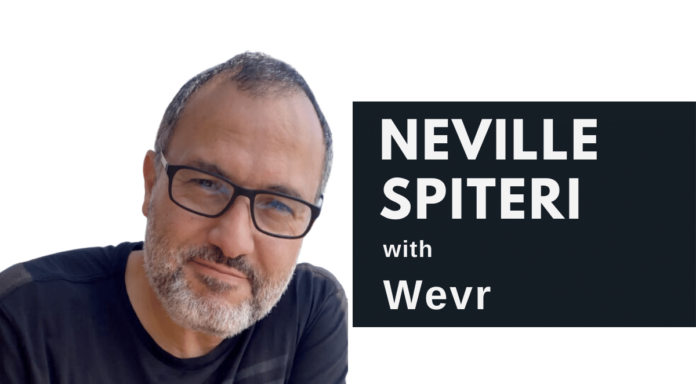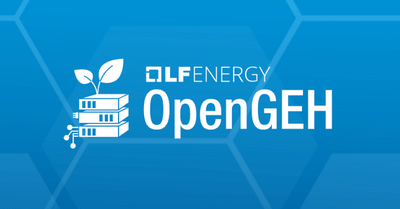LISLE, IL., August 3, 2022 — The American Association of Insurance Services (AAIS) and the Linux Foundation welcome Jefferson Braswell as the new Executive Director of the openIDL Project.
“AAIS is excited about the expansion of openIDL in the insurance space and the addition of Jefferson as Executive Director signals even more strength and momentum to the fast-developing project,” said Ed Kelly, AAIS Executive Director. “We are happy to continue to work with the Linux Foundation to help affect meaningful, positive change for the insurance ecosystem.”
“openIDL is a Linux Foundation Open Governance Network and the first of its kind in the insurance industry,” said Daniela Barbosa, General Manager of Blockchain, Healthcare and Identity at the Linux Foundation. “It leverages open source code and community governance for objective transparency and accountability among participants with strong executive leadership helping shepherd this type of open governance networks. Jeff Braswell’s background and experience in financial standards initiatives and consortium building aligns very well with openIDL’s next growth and expansion period.“
Braswell has been successfully providing leading-edge business solutions for information-intensive enterprises for over 30 years. As a founding Director, he recently completed a 6-year term on the Board of the Global Legal Entity Identifier Foundation (GLEIF), where he chaired the Technology, Operations and Standards Committee. He is also the Chair of the Algorithmic Contract Types Unified Standards Foundation (ACTUS), and he has actively participated in international financial data standards initiatives.
Previously, as Co-Founder and President of Berkeley-based Risk Management Technologies (RMT), Braswell designed and led the successful implementation of advanced, firm-wide risk management solutions integrated with enterprise-wide data management tools. They were used by many of the world’s largest financial institutions, including Wells Fargo, Credit Suisse, Chase, PNC, Sumitomo Mitsui Banking Corporation, Mellon, Wachovia, Union Bank and ANZ.
“We appreciate the foundation that AAIS laid for openIDL, and I look forward to bringing my expertise and knowledge to progress this project forward,” shared Braswell. “Continuing the work with the Linux Foundation to positively impact insurance services through open-source technology is exciting and will surely change the industry for the better moving forward.”
openIDL, an open source, distributed ledger platform, infuses efficiency, transparency and security into regulatory reporting. With openIDL, insurers fulfill requirements while retaining the privacy of their data. Regulators have the transparency and insights they need, when they need them. Initially developed by AAIS, expressly for its Members, openIDL is now being further advanced by the Linux Foundation as an open-source ecosystem for the entire insurance industry.
ABOUT AAIS
Established in 1936, AAIS serves the Property & Casualty insurance industry as the only national nonprofit advisory organization governed by its Member insurance carriers. AAIS delivers tailored advisory solutions including best-in-class policy forms, rating information and data management capabilities for commercial lines, inland marine, farm & agriculture and personal lines insurers. Its consultative approach, unrivaled customer service and modern technical capabilities underscore a focused commitment to the success of its members. AAIS also serves as the administrator of openIDL, the insurance industry’s regulatory blockchain, providing unbiased governance within existing insurance regulatory frameworks. For more information about AAIS, please visit www.aaisonline.com.
ABOUT THE LINUX FOUNDATION
Founded in 2000, the Linux Foundation and its projects are supported by more than 2,950 members. The Linux Foundation is the world’s leading home for collaboration on open source software, hardware, standards, and data. Linux Foundation projects are critical to the world’s infrastructure including Linux, Kubernetes, Node.js, ONAP, Hyperledger, RISC-V, and more. The Linux Foundation’s methodology focuses on leveraging best practices and addressing the needs of contributors, users, and solution providers to create sustainable models for open collaboration. For more information, please visit us at https://linuxfoundation.org.
ABOUT openIDL
openIDL (open Insurance Data Link) is an open blockchain network that streamlines regulatory reporting and provides new insights for insurers, while enhancing timeliness, accuracy, and value for regulators. openIDL is the first open blockchain platform that enables the efficient, secure, and permissioned-based collection and sharing of statistical data. For more information, please visit www.openidl.org.
###
MEDIA CONTACT:
AAIS
John Greene
Director – Marketing & Communications
630.457.3238
johng@AAISonline.com
Linux Foundation
Dan Whiting
Director of Media Relations and Content
202-531-9091
dwhiting@linuxfoundation.org
The post The American Association of Insurance Services & The Linux Foundation Welcome Jefferson Braswell as openIDL Project Executive Director appeared first on Linux Foundation.





